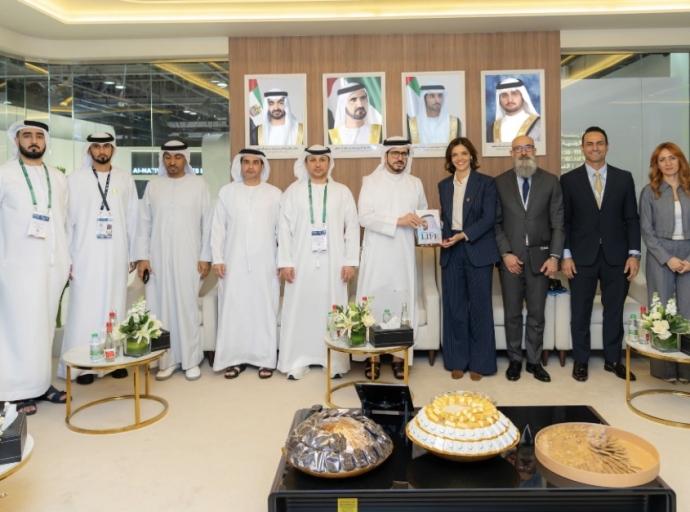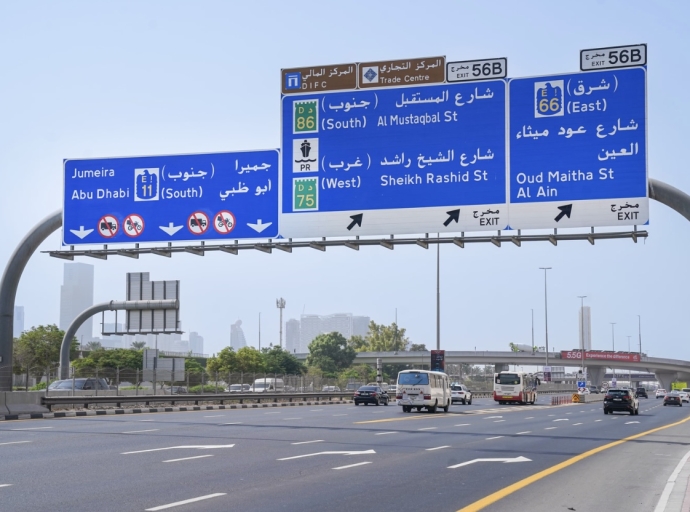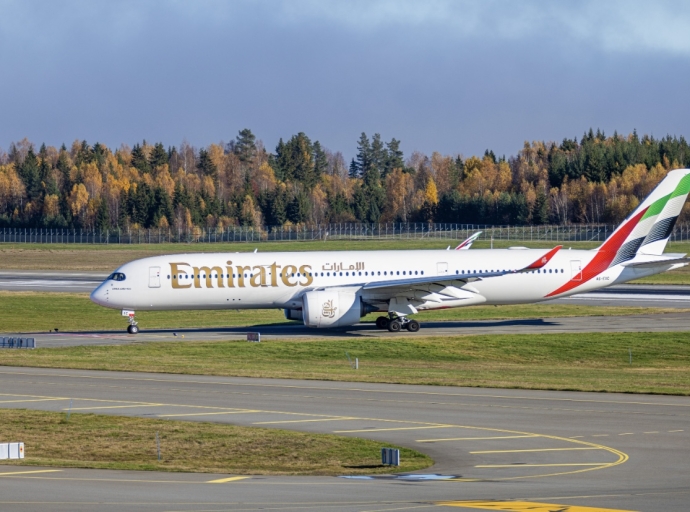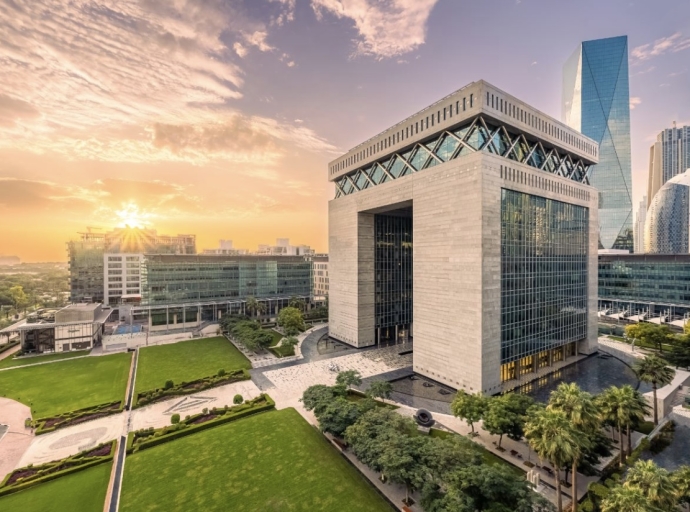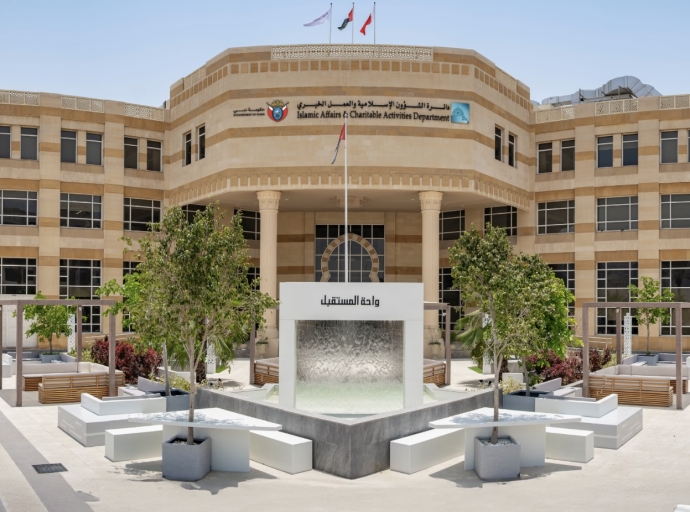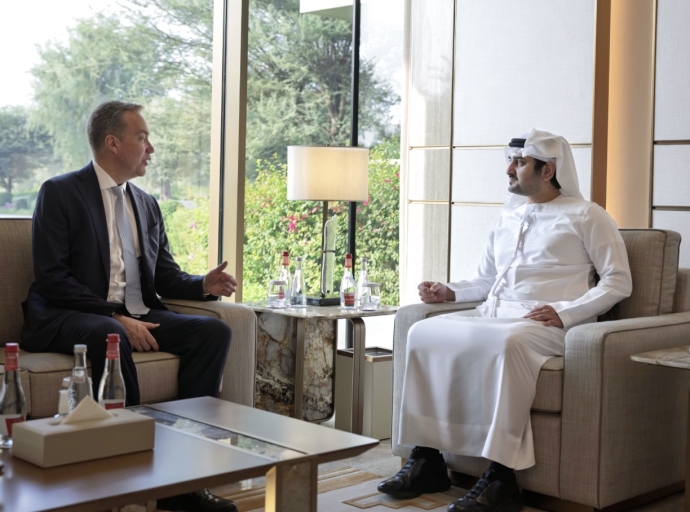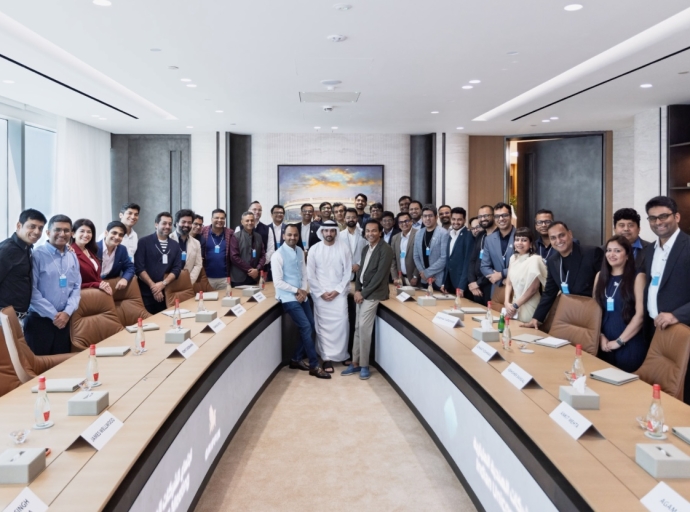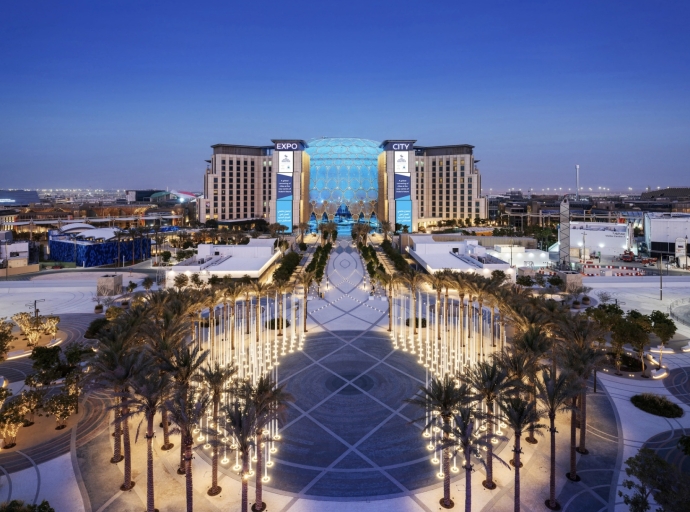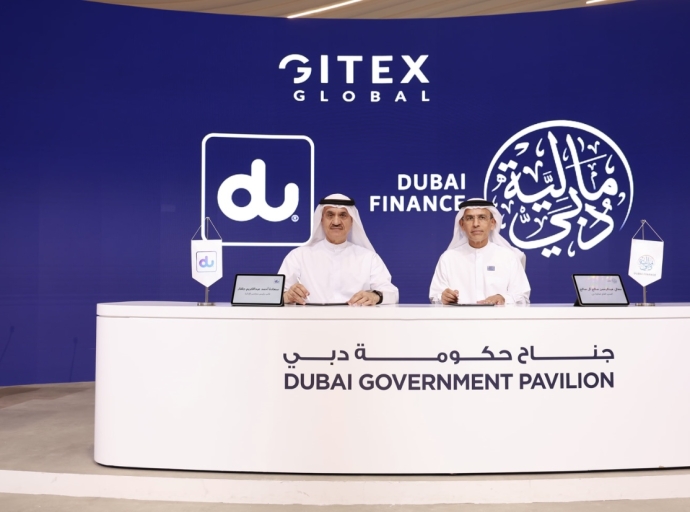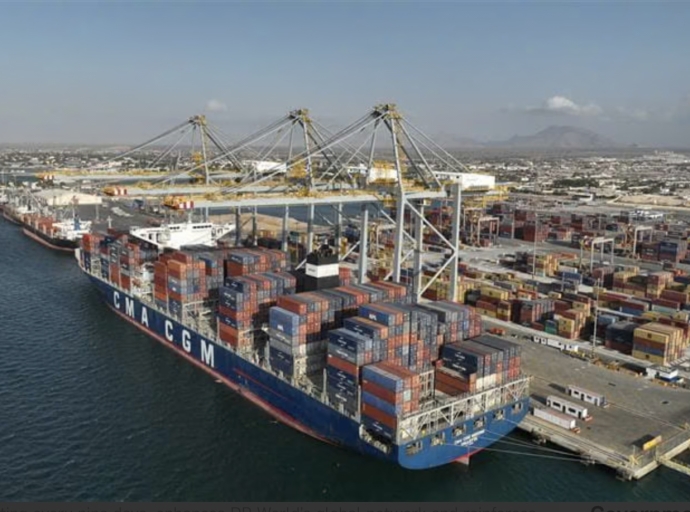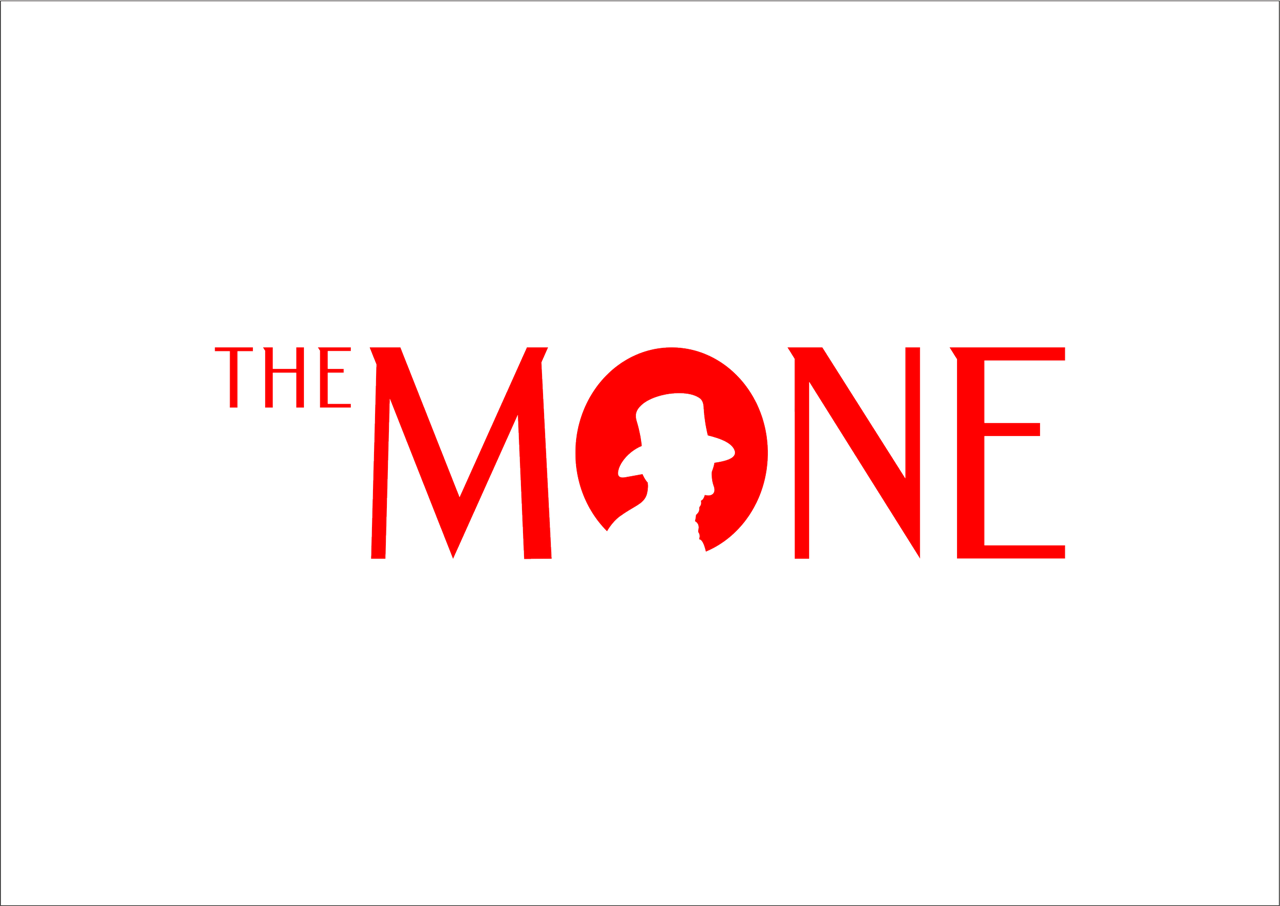All Stories
Dubai will host the Healthcare Future Summit (HFS) 2025 at the Dubai World Trade Centre from October 21 to October 23, 2025. The event, which falls under the patronage of His Highness Sheikh Hamdan bin Mohammed bin Rashid Al Maktoum, Crown Prince of Dubai and Chairman of the Executive Council, is expected to draw over 4,500 participants, including leading healthcare professionals, innovators, and corporate representatives from around the world.
The summit, supported by the Dubai Health Authority (DHA), the World Federation of Public Health Associations (WFPHA), and the Parliamentary Assembly of the Mediterranean (PAM), will be highlighted by a scientific agenda that spans more than 20 sessions and 50 lectures, featuring insights from over 70 expert speakers. Attendees can expect a robust two-track conference, offering a total of 17.25 continuing medical education (CME) credits.
A key feature of HFS 2025 will be the simultaneous hosting of the International Family Medicine Conference and Exhibition (IFM 2025) and the Annual Radiology Meeting (ARM). These co-located events will provide extensive opportunities for learning and networking, further establishing Dubai as a hub for medical and healthcare innovation.
The ARM 2025, marking its 10th edition, will advance its collaboration with the Radiological Society of North America (RSNA), presenting 24 scientific sessions across two dedicated halls. With over 85 expert speakers and more than 30 poster presentations, the meeting promises to deliver cutting-edge content and education. Attendees will have the opportunity to earn 21 CME credits while engaging with over 50 participating healthcare brands.
Meanwhile, the IFM 2025 will bring together family medicine practitioners, general practitioners, and other healthcare professionals to explore emerging trends in primary care. With more than 120 scientific poster presentations, the conference will cover advanced topics, including the role of artificial intelligence in diagnostics, gut health, integrative medicine, and palliative care. Over 45 experts will share their knowledge during the three-day event.
Additionally, the summit will feature the launch of a white paper outlining the UAE’s healthcare achievements and its strategies for sustainable growth. The document will be a key discussion point, offering insights into the country’s healthcare system and fostering collaborations among global healthcare stakeholders.
HFS 2025 promises to be a pivotal event for the global healthcare community, underscoring Dubai’s growing role as a leading destination for healthcare excellence.
Photo credits: Government of Dubai Media Office
The Dubai International Chamber has opened its first representative office in Eastern Europe, establishing a presence in Poland as part of a broader effort to expand trade and investment ties between Dubai and the region.
Located in Warsaw, the new office underscores Dubai’s strategic push to deepen international commercial relations, particularly with high-potential markets. The move is aligned with the emirate’s “Dubai Global” initiative, which aims to open 50 overseas offices by 2030 to support foreign direct investment inflows and help Dubai-based businesses expand into 30 priority international markets.
The inauguration ceremony in Warsaw was attended by H.E. Mohamed Ahmed Salem Farea Alharbi, the UAE’s Ambassador to Poland, and H.E. Michał Jaros, Secretary of State at Poland’s Ministry of Economic Development and Technology, alongside senior government officials and business leaders from both countries.
H.E. Mohammad Ali Rashed Lootah, President and CEO of Dubai Chambers, described the Warsaw office as a critical step in strengthening bilateral commercial ties. “It will help enhance connections between the business communities in both markets and stimulate the flow of mutual trade and investments,” Lootah said.
The launch comes amid growing economic engagement between the two markets. Dubai’s non-oil trade with Poland reached AED 7.2 billion in 2024, a 5% increase from the previous year. By the end of the first half of 2025, 453 Polish companies were registered as active members of the Dubai Chamber of Commerce, including 86 that joined in the first six months of the year alone.
The new office is tasked with facilitating market access and expanding economic cooperation. It will offer support to Polish companies looking to establish or grow their presence in Dubai, while also assisting Dubai-based firms seeking entry into the Polish market. Services will include market intelligence, business matchmaking, and regulatory guidance.
Officials say the office will play a central role in promoting Dubai’s position as a global business hub and in attracting Polish investment to the emirate.
Photo credits: Government of Dubai Media Office
Dubai has reinforced its status as the leading financial center in the Middle East, Africa, and South Asia (MEASA), driven by sustained growth in the Dubai International Financial Centre (DIFC) and key milestones across regulation, financial services, and dispute resolution.
The DIFC has now surpassed 8,000 active registered companies, with more than 1,000 entities regulated by the Dubai Financial Services Authority (DFSA), the Centre’s independent regulator. As of this year, the DIFC Courts have recorded more than AED 17.5 billion in total case values, reflecting increasing demand for the jurisdiction’s legal services.
According to the latest Global Financial Centres Index, Dubai has advanced to 11th place worldwide, maintaining its position as the top financial hub in the region and ranking among the world’s top four FinTech centers.
Officials emphasize the alignment of DIFC’s growth with the Dubai Economic Agenda (D33), a roadmap for economic transformation and diversification. DIFC Governor Essa Kazim stated the Centre is supporting sustainable economic development by attracting international firms and talent, while offering a robust legal and regulatory environment.
Since its founding in 2004, the DIFC has operated through three independent bodies - the DIFC Authority, DFSA, and DIFC Courts - providing companies with legal certainty, regulatory oversight, and business agility. This structure has positioned Dubai as a gateway for financial institutions seeking access to the MEASA region’s 72 markets.
Today, DIFC hosts the region’s largest financial ecosystem, employing over 48,000 professionals across banking, capital markets, insurance, and asset management. Of its 289 licensed banking and capital markets firms, 27 are globally systemically important banks. Collectively, these firms manage approximately USD 240 billion in banking assets from the Centre - a nearly 200% increase over the past decade.
Mark Steward, Chief Executive of the DFSA, emphasized the importance of a strong regulatory framework, highlighting that over 1,000 financial entities now fall under DFSA oversight - the highest concentration in the region. He noted that firms are drawn to DIFC to connect with global capital and access new growth markets.
To maintain its competitiveness, the DFSA is evolving its funds regime to support hedge funds, alternative investments, and wealth management platforms, further positioning DIFC as a preferred destination for institutional finance.
In the legal domain, the DIFC Courts continue to lead as the region’s premier English-language commercial court. Chief Justice Wayne Martin noted a consistent rise in claim values and complexity, particularly in opt-in cases, reinforcing confidence in the Courts' capability and enforceability across the UAE and the wider Gulf region.
DIFC CEO Arif Amiri concluded that surpassing 8,000 registered companies is a direct result of Dubai’s strategic approach to financial services, innovation, and economic diversification. "We are shaping the global financial landscape from Dubai, while enabling the region’s digital and economic future."
Photo credits: Government of Dubai Media Office
A total of 1,700 students from 45 public and private schools across Dubai have registered for the second edition of the Sheikh Rashid bin Mohammed Al Maktoum Quran Competition, a growing initiative under the “Ghiras Al-Khair” program. The competition is organized in partnership between the Dubai Department of Islamic Affairs and Charitable Activities and the Knowledge and Human Development Authority (KHDA).
The competition, which promotes Quran memorization and recitation among youth, has seen significant engagement from students, educators, and families. Participation has grown notably since its inaugural edition, prompting organizers to extend the registration deadline to November 10, 2025.
Officials attribute the increase in participation to strong collaboration between schools and parents, as well as the sustained efforts of teaching staff to prepare students for the various stages of the competition. The initiative aims to develop memorization skills, elevate recitation standards, and foster a spirit of constructive competition among young people in line with national values.
Abdullah Abubakr Baslaa, the competition’s coordinator, said the turnout reflects the deep-rooted connection between the Emirati community and the Quran. He noted that continuous improvements have been made to the competition’s framework to ensure fairness, raise performance standards, and expand its impact on youth development.
Final rounds of the competition are scheduled for January 2026 and will be held under the supervision of the Dubai Department of Islamic Affairs and Charitable Activities. Students will compete across four categories: Quran Memorization, Most Beautiful Recitation for Emirati Citizens, Memorization of Tajweed Texts, and Memorization of Scientific Texts. Participants range from Grade 1 through Grade 12, with a dedicated category for students with intellectual disabilities, underscoring the initiative’s inclusive approach.
The Department emphasized that the initiative supports Dubai’s broader educational and social goals by reinforcing religious and moral values and nurturing a generation anchored in both cultural identity and faith.
Photo credits: Government of Dubai Media Office
Sheikh Maktoum bin Mohammed bin Rashid Al Maktoum, First Deputy Ruler of Dubai and UAE Deputy Prime Minister and Minister of Finance, met on Wednesday with Børge Brende, President and CEO of the World Economic Forum (WEF), during the Annual Meetings of the Global Future Councils and Cybersecurity 2025.
The three-day event, taking place from October 14 to 16, is jointly organized by the UAE Government and the WEF, and hosted in Dubai.
The meeting was attended by key UAE officials, including Mohammad Abdullah Al Gergawi, Minister of Cabinet Affairs and Co-Chair of the Global Future Councils; Mohamed bin Hadi Al Hussaini, Minister of State for Financial Affairs; Ohood Al Roumi, Minister of State for Government Development and the Future; and Khalfan Belhoul, CEO of the Dubai Future Foundation.
Discussions focused on the UAE’s strategic partnership with the World Economic Forum, with emphasis on this year’s core agenda items: artificial intelligence, the green economy, energy transition, and food and water security.
Sheikh Maktoum was also briefed on the outcomes of the meetings, including the launch of the Cybersecurity Forum, which aims to enhance global coordination in addressing digital threats and developing secure digital systems.
He reiterated the UAE’s commitment to fostering international collaboration and policy dialogue, aimed at practical solutions to global challenges and long-term sustainable development.
Brende acknowledged the UAE’s leadership and its role in hosting the Global Future Councils, describing it as a model for advancing inclusive and sustainable progress.
The 2025 edition brings together over 700 experts from 580 organizations across 93 countries. The program includes 37 councils, covering key sectors such as technology, economy, governance, environment, society, and health. Findings will inform discussions at the upcoming WEF Annual Meeting in Davos.
In a first, the Annual Meeting of the Cybersecurity Council is being held concurrently, featuring over 150 senior leaders and 90 international speakers.
Photo credits: Government of Dubai Media Office
Sheikh Hamdan bin Mohammed bin Rashid Al Maktoum, Crown Prince of Dubai and Chairman of The Executive Council, met this week with more than 40 Indian entrepreneurs—founders and CEOs of unicorn companies—during a high-level session held as part of the World Governments Summit – Griffin Dialogue.
The delegation, members of the Griffin Club for Indian Billionaire Entrepreneurs, represents some of the most influential start-ups operating in sectors including fintech, education, healthcare, space, retail, logistics, and advanced technology.
The meeting was also attended by Sheikh Maktoum bin Mohammed bin Rashid Al Maktoum, First Deputy Ruler of Dubai and UAE Minister of Finance, alongside other senior officials, including Omar Sultan Al Olama, Minister of State for Artificial Intelligence, and Helal Saeed Almarri, Director General of Dubai’s Department of Economy and Tourism.
Sheikh Hamdan emphasized Dubai’s commitment to fostering international partnerships, calling cross-sector and cross-border collaboration “central to the city’s future-focused economic model.” He reiterated that under the leadership of Sheikh Mohammed bin Rashid Al Maktoum, Dubai continues to evolve as a global hub for investment, innovation, and entrepreneurship.
Participants discussed policy frameworks and investment conditions that have enabled unicorn growth, highlighting Dubai’s digital infrastructure, regulatory flexibility, and efficient government services as key factors in enabling expansion. Discussions also covered global trends in AI, the digital economy, and the future of start-up ecosystems.
The session sought to identify new pathways for cooperation between governments and private enterprise, with a focus on scaling innovation and building knowledge-based economies.
Photo credits: Government of Dubai Media Office
The Department of Finance (DOF) for the Government of Dubai has launched the Unified Contact Centre (UCC), a centralised digital platform aimed at consolidating government communication services across the emirate. Developed in partnership with du, the UAE-based telecommunications provider, the project represents a significant step in the emirate’s broader strategy to modernize public service delivery.
Announced during GITEX Global 2025, the initiative is part of Dubai’s "Services 360" vision, which seeks to create a fully integrated and customer-focused model of government service. Once fully operational in 2027, the UCC will bring together 15 government entities under a unified framework.
The platform will centralize access to support and information via multiple channels — including phone, email, messaging apps, websites, and social media — within a single digital ecosystem. It is underpinned by AI and data analytics technologies designed to deliver efficient, personalized, and proactive interactions with the public.
Officials say the UCC will streamline communication, eliminate redundancies across departments, and enhance service consistency. “This initiative lays the foundation for a truly interconnected government ecosystem,” said Abdulrahman Saleh Al Saleh, Director General of DOF, following the agreement signing with Ahmad Abdulkarim Julfar, Vice Chairman of du.
The infrastructure, provided by du, includes customer experience management systems and digital tools aimed at improving response times and service quality. “The UCC exemplifies how strategic collaboration between the public and private sectors can set new standards in service delivery,” said Fahad Al Hassawi, CEO of du.
The project will be implemented in phases starting in 2026, with priority entities joining first. Oversight will remain with DOF to ensure alignment with government objectives. In addition to consolidating communication, the centre will feature a centralized knowledge base and data-driven performance tools aligned with the Dubai Model Centre’s excellence standards.
The Unified Contact Centre reflects Dubai’s commitment to integrated governance, aiming to provide residents, visitors, and businesses with a seamless, accessible, and intelligent interface for government services.
Photo credits: Government of Dubai Media Office
DP World has introduced a new maritime service connecting the UAE’s Jebel Ali Port with Berbera Port in Somaliland, marking a strategic expansion of trade routes between the Gulf and East Africa.
The Dubai Ports Authority (DPA), part of the Ports, Customs and Free Zone Corporation, has unveiled Port Eye, the region’s first autonomous drone and AI-powered monitoring system designed to improve port safety, infrastructure inspections, and environmental compliance across Dubai’s maritime zones.
The system integrates autonomous drones equipped with 4K thermal imaging cameras and environmental sensors into a centralized smart network. This setup delivers real-time visual feeds, advanced analytics, and remote monitoring capabilities, significantly reducing the need for manual inspections in high-risk environments.
Captain Ibrahim Al Blooshi, Executive Director of the DPA, said the system marks a “quantum leap” in Dubai’s maritime digital transformation. According to Al Blooshi, Port Eye has reduced inspection times from four hours to under one hour, improving operational efficiency by more than 60 percent.
The drones can autonomously detect ship emissions and monitor marine pollution using onboard sensors that measure sulfur oxides (SOx), nitrogen oxides (NOx), and other environmental indicators. Data collected is streamed to a 3D interactive dashboard at DPA’s command center, allowing for immediate response and predictive maintenance.
The project aligns with the UAE’s Green Agenda 2030 and Net Zero 2050 goals, offering a scalable model for port sustainability and compliance with international environmental standards.
Photo credits: Government of Dubai Media Office





